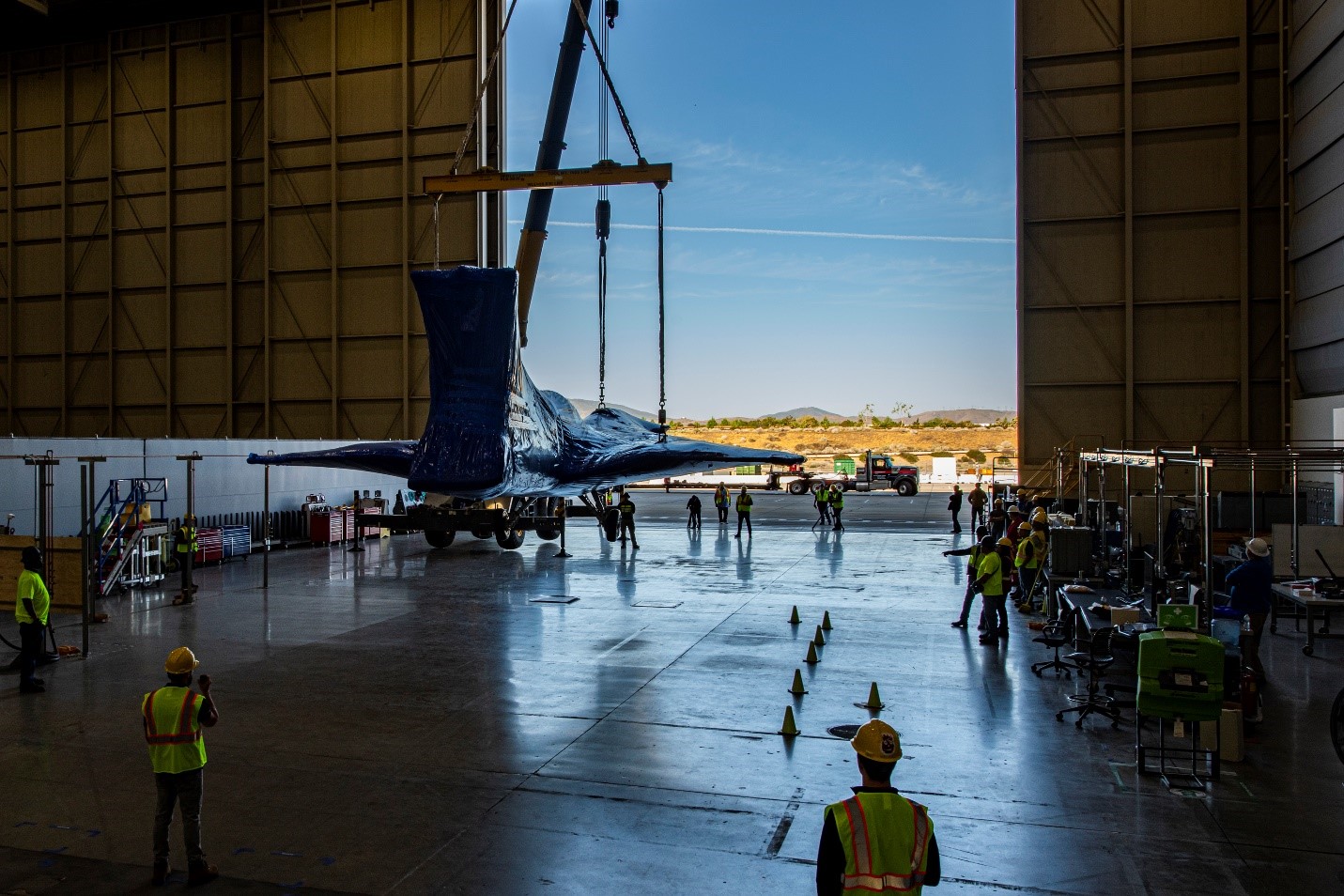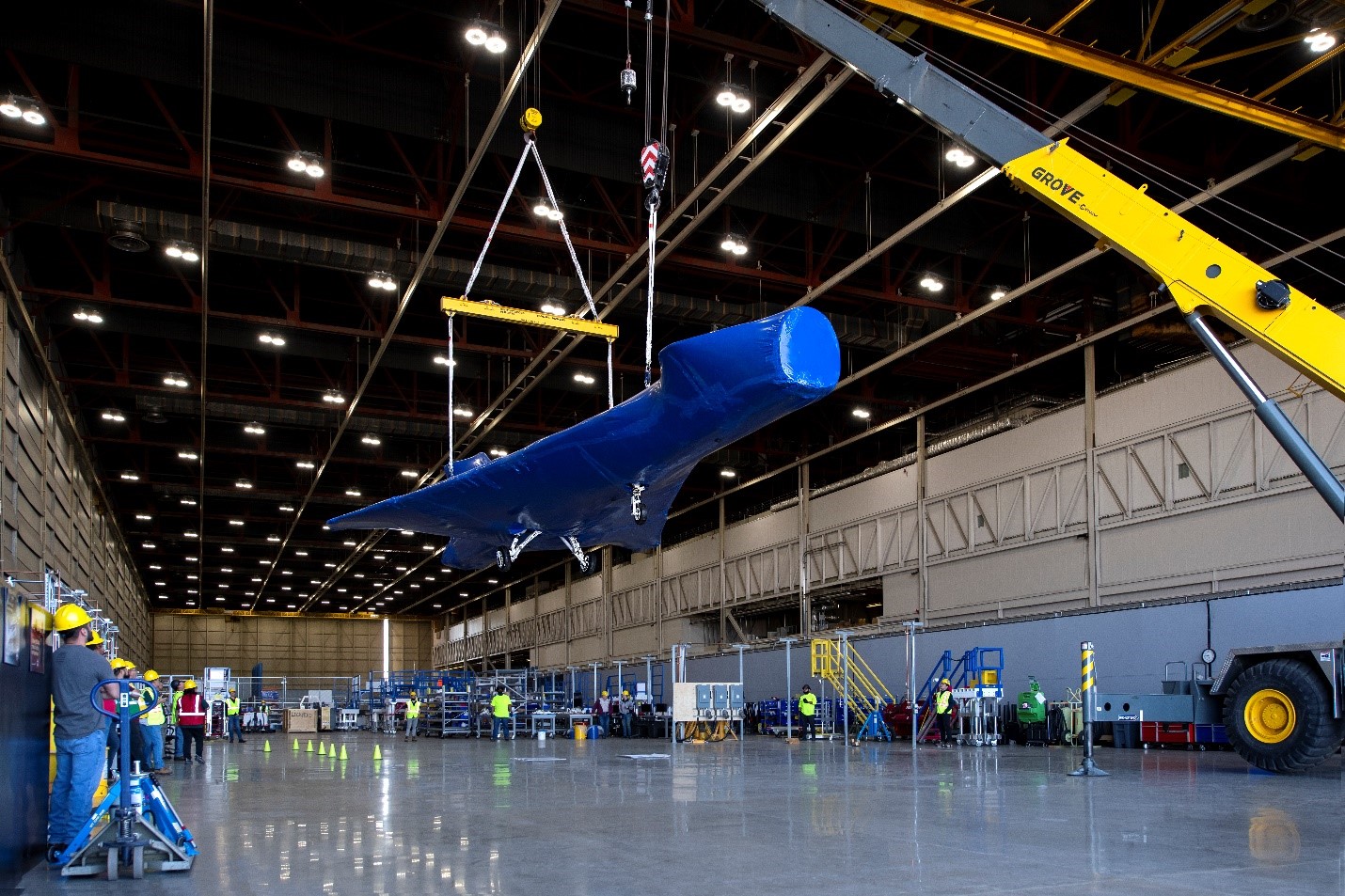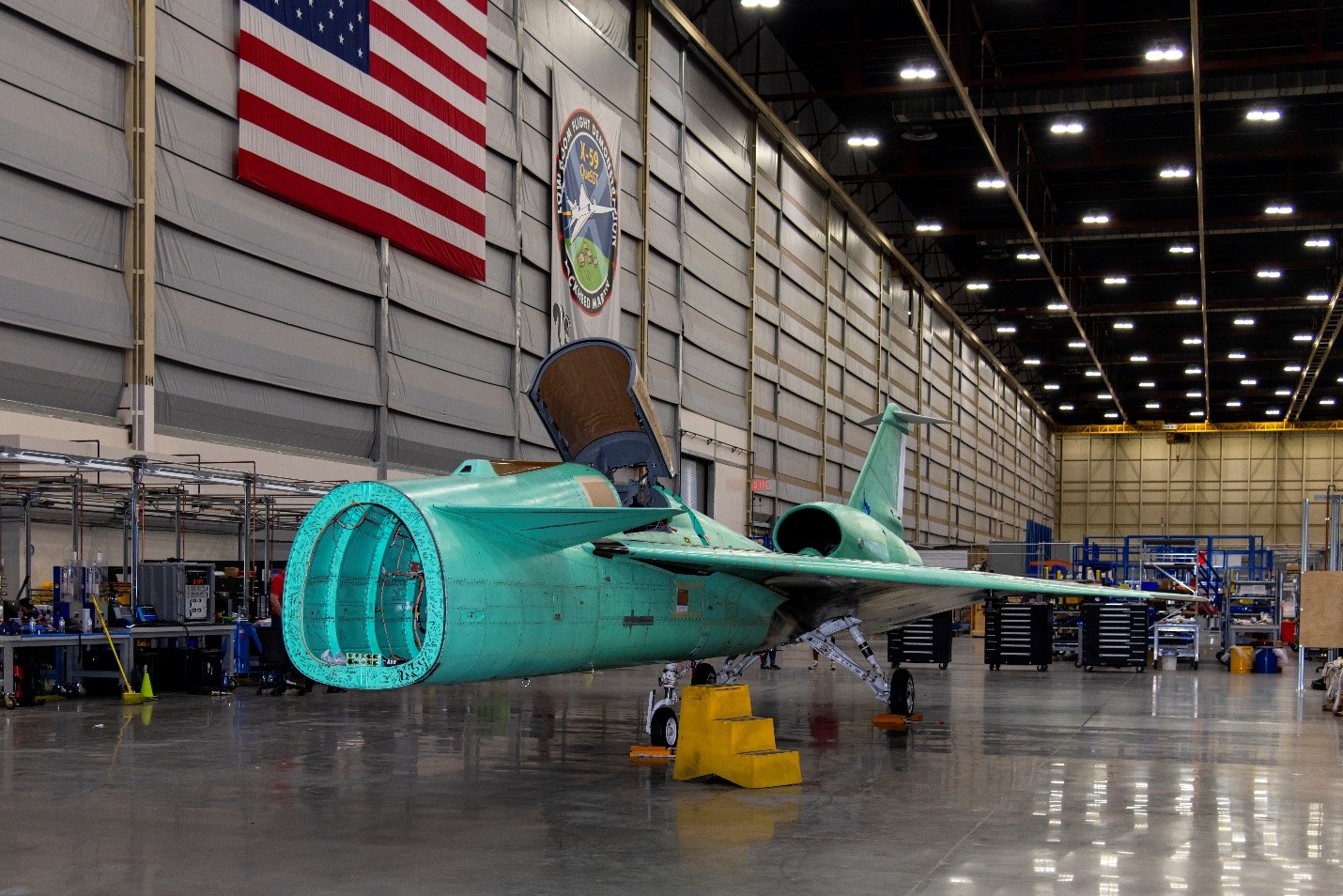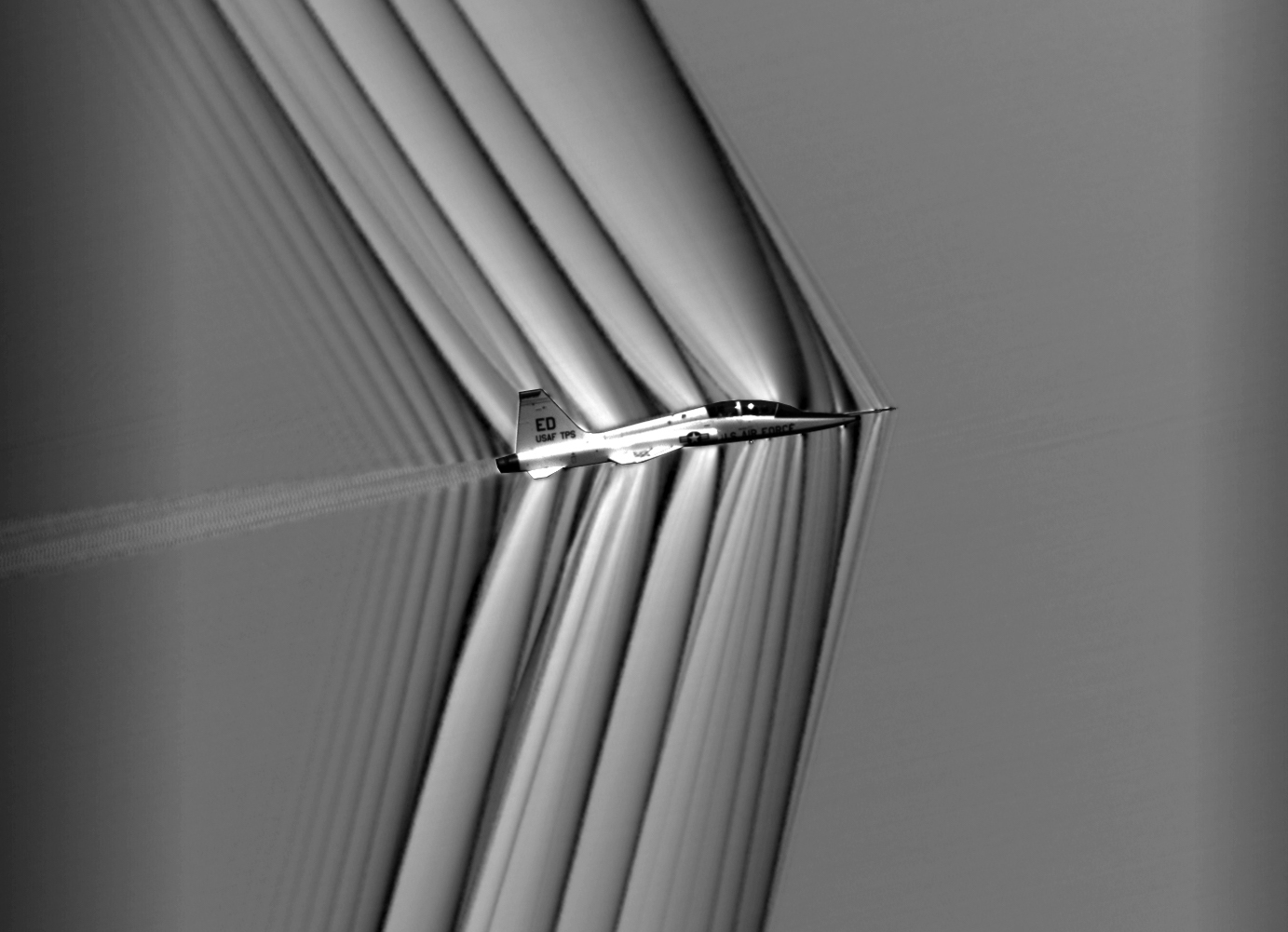The X-59, NASA’s quiet supersonic experimental aircraft, has arrived back at Lockheed Martin’s Skunk Works facility in Palmdale, California, following several months of critical ground tests in Ft. Worth, Texas.
Ground tests on the X-59 were done to ensure the aircraft’s ability to withstand the loads and stresses of supersonic flight – or flight at speeds faster than Mach 1. The vehicle’s fuel systems were also calibrated and tested at Lockheed Martin’s Ft. Worth facilities. With its return to California, the X-59 will undergo further ground tests as it approaches full completion of its development and continues to make progress on its way to first flight.
The X-59 is designed to fly faster than the speed of sound without producing the typically loud sonic booms that occur when an aircraft flies at supersonic speeds. The advanced X-plane will instead reduce that sound to a quiet sonic “thump”, which will be demonstrated in flights over communities around the U.S. starting in 2024. NASA’s goal is to collect and provide data to regulators that may finally solve the sonic boom challenge and open the future to commercial supersonic flight over land, reducing flight times drastically.





































